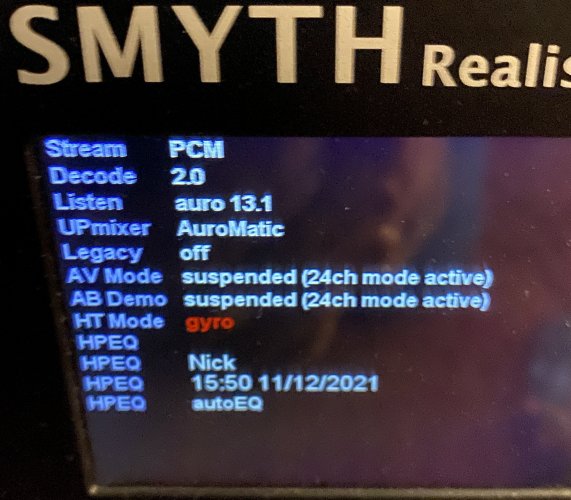Sounds like you are referring to the headphone EQ measurement. You take tone measurements while wearing the mics and headphones, and then the Realiser makes an EQ profile to shift the headphone's frequency response to be like the measured speakers.
This HPEQ is essentially what
@Fox1977 was talking about, although when he said "... cancel the signature of the headphones" he would be referring to EQ'ing any pair of measured headphones to match the target of the speakers used for the PRIR. Once the headphone is equalized, the main differentiating factors would be soundstage, comfort, how much EQ and excursion headroom a headphone has, any kind of blooming or grainy characteristics, total resolution/detail, and how fast the driver can respond to impulses to directional change. Maybe other stuff I'm not thinking of too; I have the day off, and the rain outside and cozy indoors are making me sleepy! Haha!






















